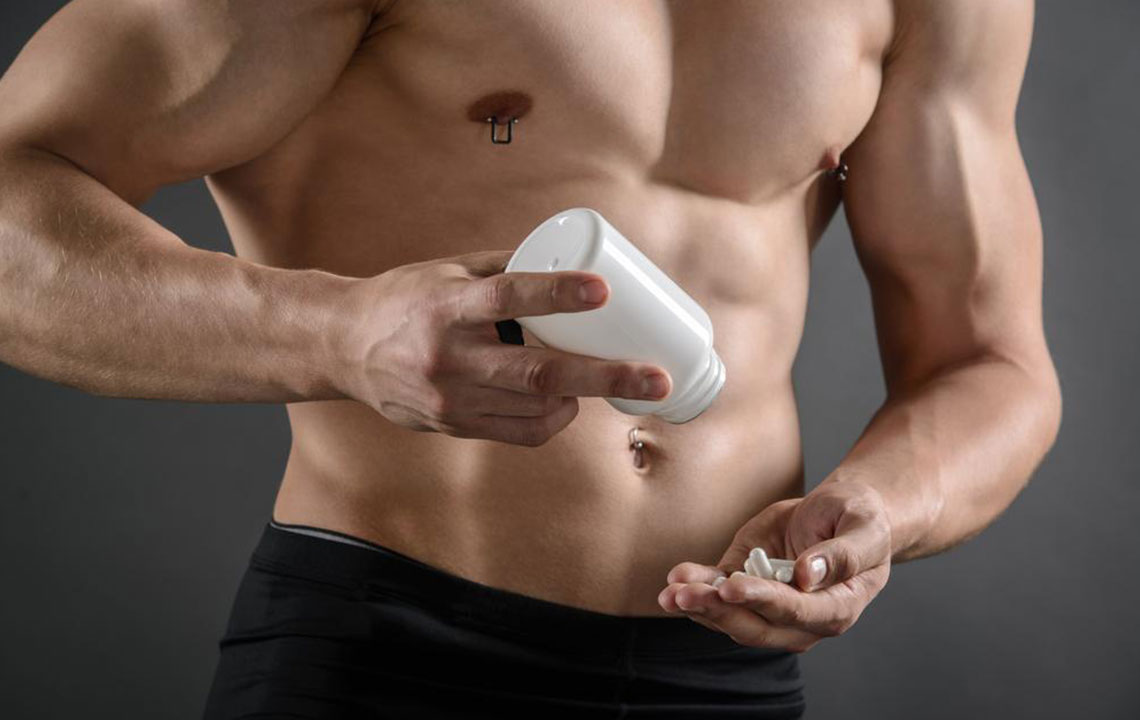Common Treatments That Help Men with an Enlarged Prostate
If you take frequent trips to your restroom, majorly at night, then it may be a sign of prostate enlargement. If you are a man above 50 who faces a frequent and uncontrollable urge to urinate, then it indicates prostate enlargement. However, you do not need to worry, as it is a common issue, as men get older. In fact, experts suggest that more than 50 percent men develop this issue by the age of 60, while the number rises with aging.
The prostate, a gland in men, controls the urine flow through the urethra and out of the body.

How to detect prostate enlargement
Due to the bladder muscles getting thicker and extra-sensitive, the individual with an enlarged prostate may feel the need to urinate more often.As this condition may get serious and lead to urinary tract infections (UTIs), bladder stones, acute urinary retention, incontinence, and other medical issues, it is important to identify its symptoms and seek the right prostate enlargement treatment on time.
- Frequent urination
- Uncontrollable urge to urinate
- Slow, weak or irregular urinary stream
- Strain while urinating
- A feeling of bladder not being empty
- Problem to start urinating
- Frequent dribbling of urine
- Urination at very small gaps
Treatments for prostate enlargement
As it is similar to an emergency, you must visit a doctor to seek prostate enlargement treatment immediately if you have any symptoms. The doctor may recommend several treatments based on your condition. Following are some types of treatment that can be given to an individual with an enlarged prostate:
- Medication: At the initial stage, benign prostatic hyperplasia (BPH) or the enlargement of the prostate is treated using medication. Depending on the individual’s health, age, the severity of symptoms and size of the prostate, doctors can suggest varied types of medication for prostate enlargement treatment. These may include some alpha-blockers, 5-alpha reductase inhibitors, Cialis, or a combination drug therapy.
- Surgical therapy: Another prostate enlargement treatment is a minimally invasive or surgical therapy. While medication may be given in mild to moderate cases, surgical therapy may be an option in moderate to severe cases. It is usually offered in cases where medication does not give relief. Surgical therapy is also a treatment in those cases where the patient has a UTI or obstruction, bladder stones, or experiences blood in the urine. In several other cases, some type of surgical therapy may be used out of the following:
- Transurethral microwave thermotherapy (TUMT) : It is a procedure in which microwave energy is used to destroy the selected tissue in prostate and shrink the gland to enable the flow of urine properly. TUMT helps in mild to moderate cases of blockage in the prostate.
- Transurethral needle ablation (TUNA) : This is another prostate enlargement treatment that destroys the excess prostate tissue to ease the urine flow. The difference is the use of high-frequency radio waves that transmit via needles inserted into the prostate.
- Transurethral resection of the prostate (TURP) : This surgery is the most effective in reducing the symptoms of prostate enlargement. It is done by inserting a lighted scope into the urethra.
- Transurethral incision of the prostate (TUIP) :It is similar to TURP, except that some cuts are also made in the prostate to make urination easier. This procedure is suggested for those who have some other health issues.
- Laser therapy: To remove overgrown prostate tissue, laser therapy may be used at times as a prostate enlargement treatment. It may have fewer side effects and may offer immediate relief from symptoms. The commonly performed laser therapies include ablative procedures and enucleation procedures.
- Prostatectomy: This is also known as open prostate surgery for removing the prostate tissue. It is used in severe cases of prostate enlargement. Prostatectomy is also done when there is bladder damage or stones.
- Herbal treatment: While therapies or surgeries are one way of prostate enlargement treatment, use of herbal supplements is another option. A few such supplements can also be taken without a prescription. However, it is best to consult an expert before adopting any herbal treatment, as there may be some safety concerns.
Although there are several treatments for prostate enlargement in the form of medications, surgeries, and therapies, it is useful for patients to make some lifestyle changes after getting a proper consultation from a doctor as well.

